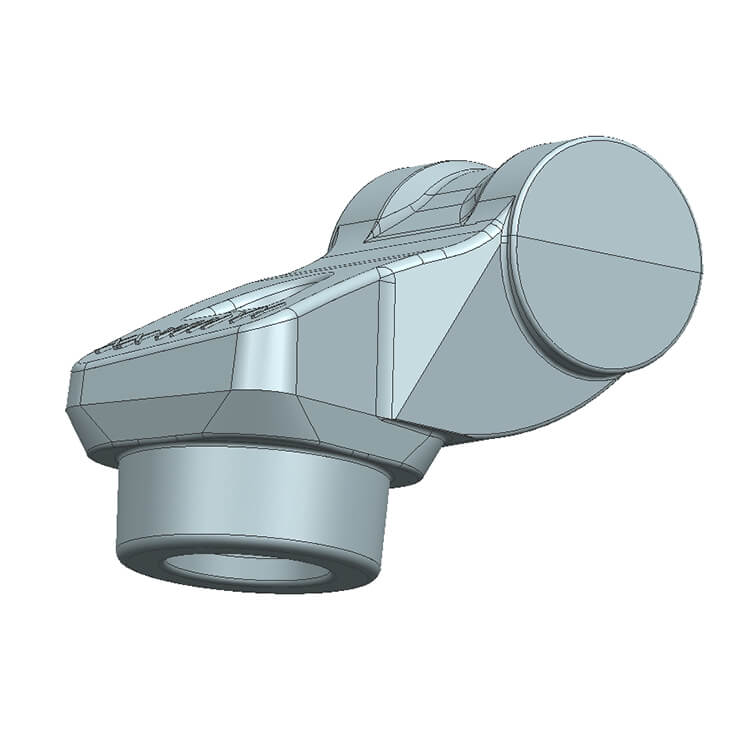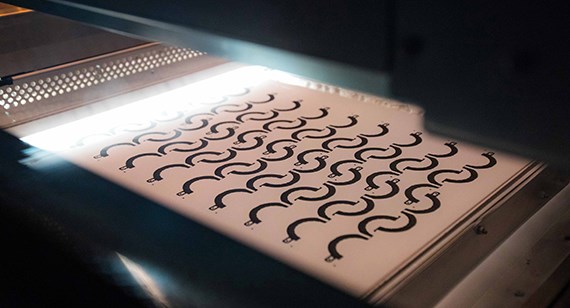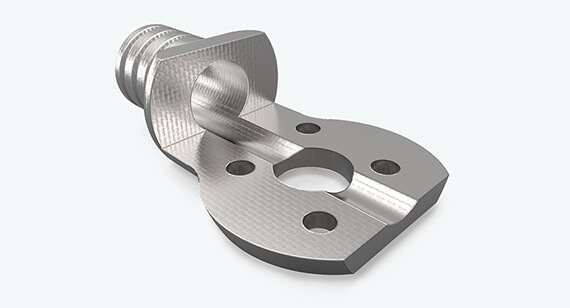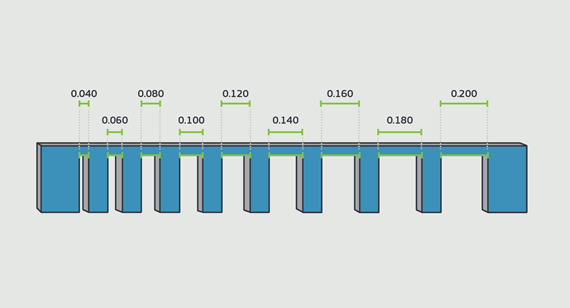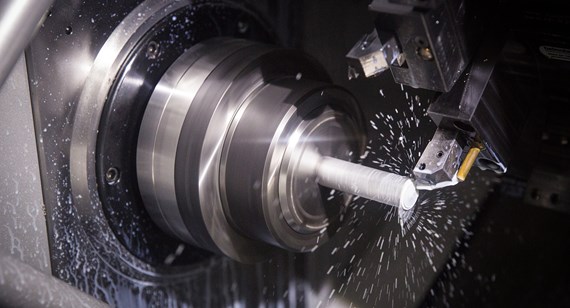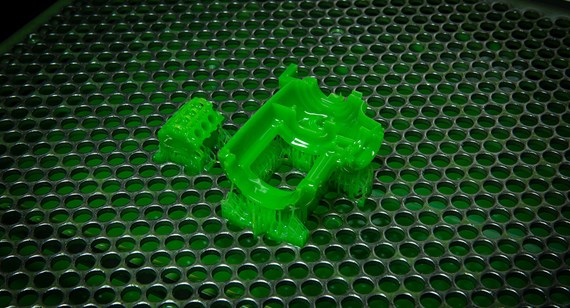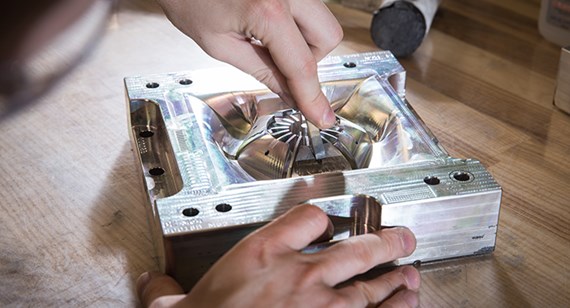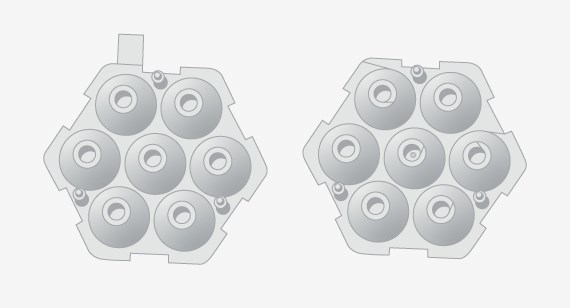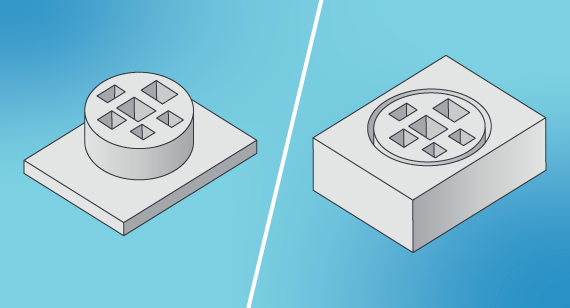In the traditional approach to product development, there is a sharp line between development and production. Development begins with a light bulb over someone’s head, proceeds through napkin sketches and CAD models, and ends, ultimately, with prototypes. At one or more points in the development process there may be input from the market, be it someone’s best guesses, one or more focus groups, or actual market tests. And from start to finish there is always pressure to “get on with it,” either because you need to catch up with a market leader or because you are the leader and someone may be catching up with you. But then, when you have reached your goal—a fully developed, marketable product—everything comes to a screeching halt and the drawings and/or models disappear into the “production machine,” from which, weeks or months later, a whole lot of deliverable product appears and the rush begins again as it heads off to market.


